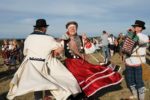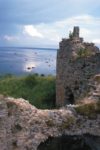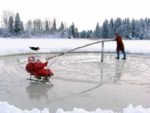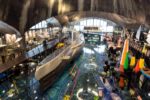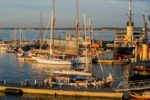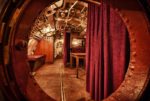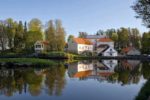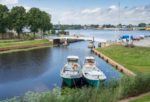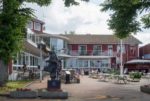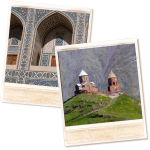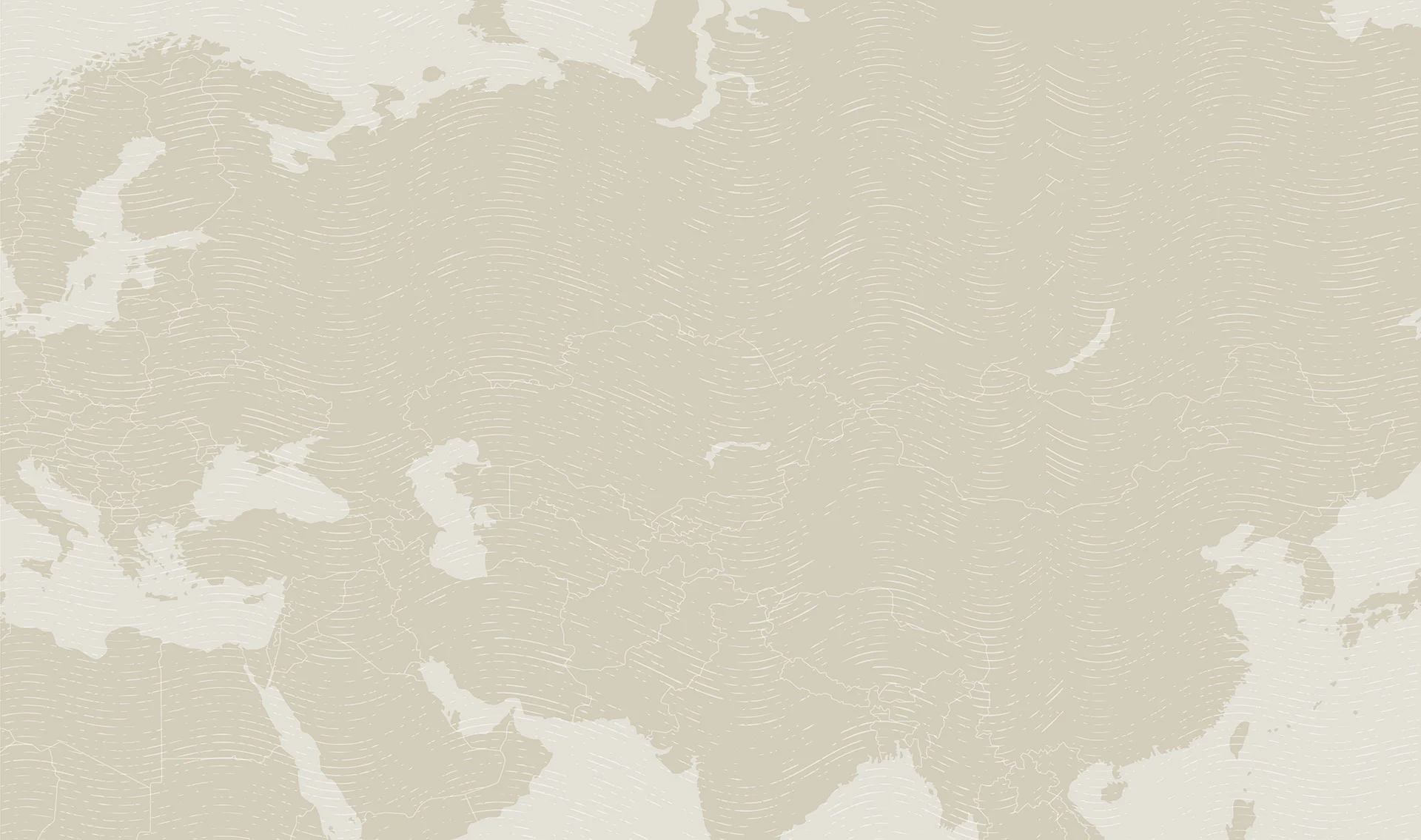Photo credit: VisitEstonia.com
Travel Guide to Estonia: The Beauty on the Baltic Sea
Under the radar for most Western travelers, Estonia is a tech-savvy coastal beauty just across the Baltic Sea from Finland, and next door to Russia and Latvia.
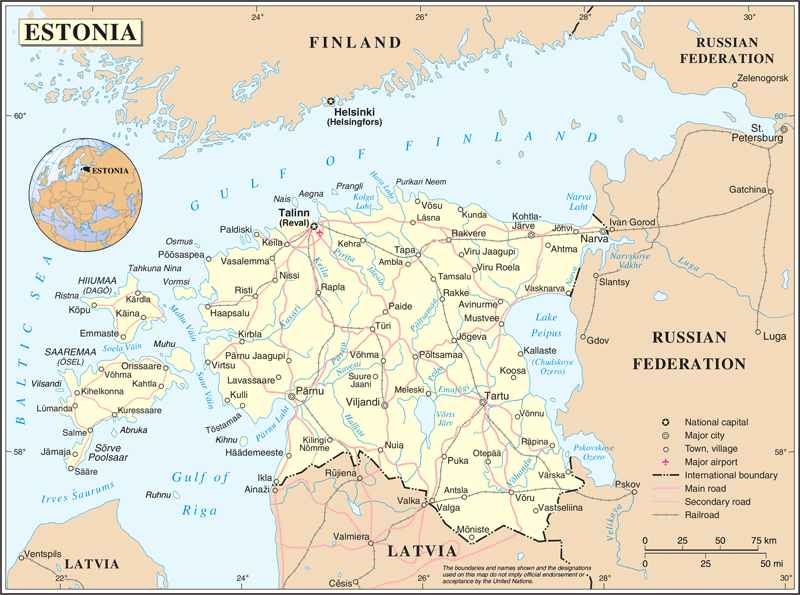
About twice the size of New Jersey, the little country has preserved more than half of its territory in verdant forestland, and boasts 2,400 sparkling miles of coastline. Approximately 1,500 inviting islands dot the Estonian coast, and 1,400 lakes glisten in the countryside. Large tracts of forest protect the European lynx, brown bear, and moose, as well as smaller mammals and countless birds.
Estonia offers an authentic connection with nature, while its towns, cities, and backwaters enjoy all the advantages of its reputation as the most wired country on earth.
(click image to view larger photo)
Here’s our guide for travelers interested in making the most out of their visit to Estonia:
What to Know Before You Go to Estonia
From Logging to Laptops
Estonia’s natural beauty is enhanced by the country’s internet innovations. For most of the 20th century, Estonia was best-known for logging. When the country re-established its independence in 1991, less than half the populace even had a phone line. But its technology went from 0 to 60 in just a few years, and logging went the way of the analog phone.

By 1997, almost all Estonian schools were online. Then Estonian computer geeks wrote the code for an important 2001 file-sharing network, and in 2003 for Skype, which revolutionized communications.
Today Estonia features one of the world’s fastest broadband networks, free WiFi nearly everywhere, online government services, and individual ownership and monitoring of all personal online data. Anyone can become an e-resident of Estonia for 100 euros, running all their affairs, business and personal, from their laptops or phones, from anywhere in the world.
Estonia ranked 36th in Bloomberg’s 2018 Innovation List of top 50 most innovative economies. The index scores countries using seven criteria, including research and development spending and concentration of high-tech public companies.
Happy Hundredth!
Estonia celebrated 100 years of statehood on February 24, 2018. Yes, the Soviet Union was in charge for 48 of those years, and Nazi Germany for three, but the Estonians prefer to think of that time as an anomaly, a mere blip on the screen. International law says that Estonia, Latvia, and Lithuania remained independent countries under illegal occupation for 51 years. Independence was regained, not won. Thus, 100 years.
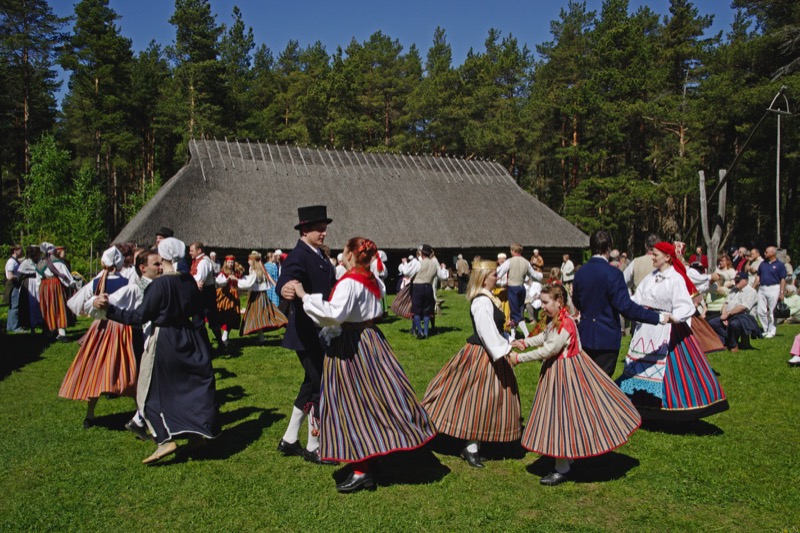
Enduring – and Endearing – National Symbols
Estonia’s national bird, the barn swallow, makes its nest in the rafters of human dwellings and swoops over the fields and ponds, scooping up mosquitoes. The national flower, the cornflower, aka bachelor’s button, seeds itself wherever it falls, offering nectar to bees and splashing the landscape with dots of true blue. Beautiful, friendly, enduring, yet contemporary – that’s Estonia for you.
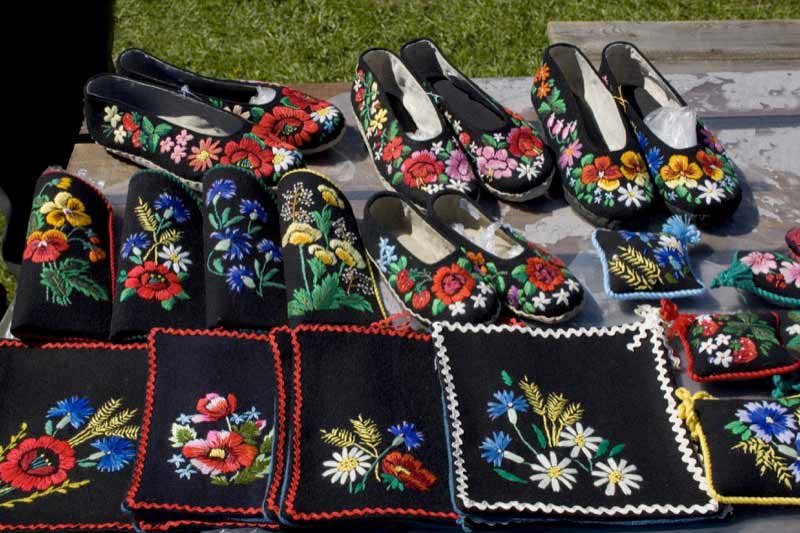
Where to Go in Estonia
1. Tallinn
Most visitors to Estonia come first to see the capital, Tallinn. Its Old Town is the best-preserved medieval town center in Eastern Europe, in spite of various invasions of Danes, Swedes, Teutonic Knights, Russians, Nazis, and Soviets. Its winding cobbled streets, red roofs, and remaining turreted fortress walls are on the UNESCO World Heritage List. As members of the Hanseatic League, the lower town’s merchants and artisans built a defensive wall with 66 towers in the 13th and 14th centuries. Nineteen of them remain today. So does Northern Europe’s only surviving Gothic town hall, built from 1371 to 1404.
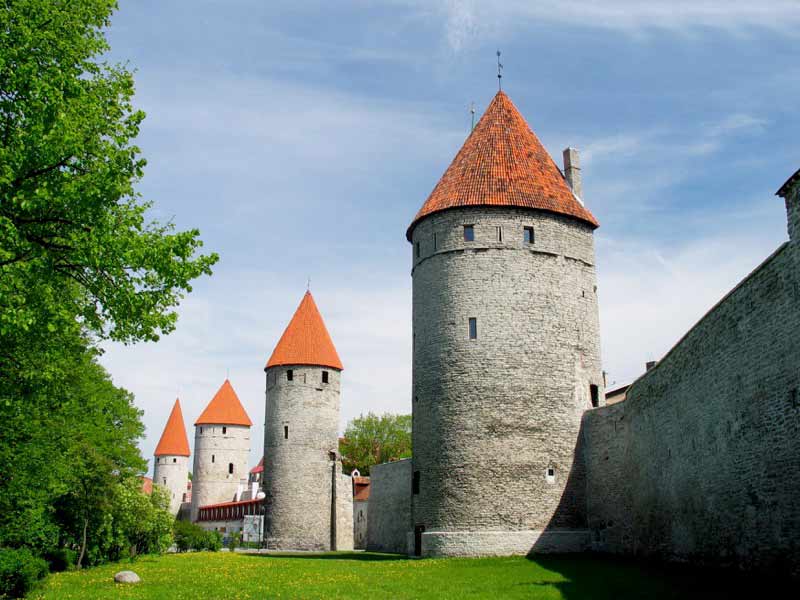
At the corner of the town square is one of the oldest continuously running pharmacies in Europe, which used to sell powdered unicorn horn and other medicinal herbs in the Middle Ages. Today it still sells medicine and notions, but there is also a small museum on the premises.
(click image to view larger photo)
CITY SITES TO SEE
Christmas Market
Tallinn has one of the best Christmas Markets in Europe, according to Condé Nast Traveler, with a long-held tradition – since 1441 – of displaying a Christmas tree in front of the Town Hall. Hot Christmas drinks and a cultural program are featured, along with numerous stalls offering ornaments, folk art, and sweet treats of the season.
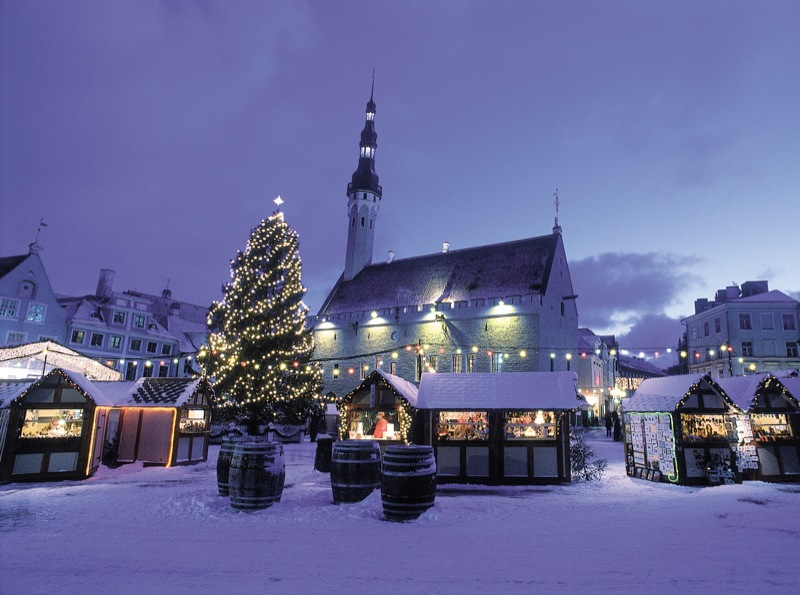
Kumu Art Museum
One of the five branches of the Estonian National Art Museum, the stunningly modern Kumu, located a short ride away from the center of Tallinn, often features exhibitions that trace larger art movements within Estonia. Many of the exhibitions are rotating, but all offer a glimpse inside the artistic mind of the country. In 2008, the European Museum Forum awarded the Kumu the European Museum of the Year Award, one of the most prestigious awards in Europe.
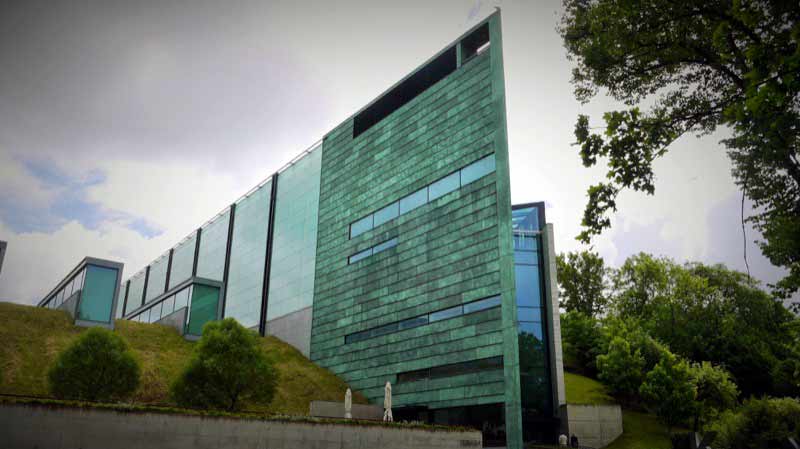
Seaplane Harbor Museum
The largest maritime museum in the Baltics is located in a 1916 concrete seaplane hangar where Charles Lindbergh once made a stop. Among the exhibits that you can see and touch are a British-built submarine from the 1930s and a full-size replica of the WWI Short 184 seaplane. You can investigate a 100-year-old steam icebreaker in the marina, climb the artillery tower called Fat Margaret, and explore dozens of planes, ships and boats, including the shipwrecked Maasilinn.
(click image to view larger photo)
Song Festival Grounds
Visit the Song Festival Grounds, where Estonians defied the Soviet Union in 1988 by singing forbidden folk songs and igniting the “Singing Revolution,” which eventually resulted in the restoration of its independence from the Soviet Union. Every five years an enormous international festival is held here. The Song Festivals of Latvia, Lithuania, and Estonia were inscribed onto the Representative List of the Intangible Cultural Heritage of Humanity in 2008.
(click image to view larger photo)
Singing is a big part of what sets Estonians apart from the nationalities surrounding them. Estonia’s cultural identity is closely linked to music. The oldest Estonian song type, the runic chant, dates to the first millennium BC. Centuries of Danish, Swedish, German, and Russian rule proved unable to erase their folk music, passed down by ear from generation to generation.
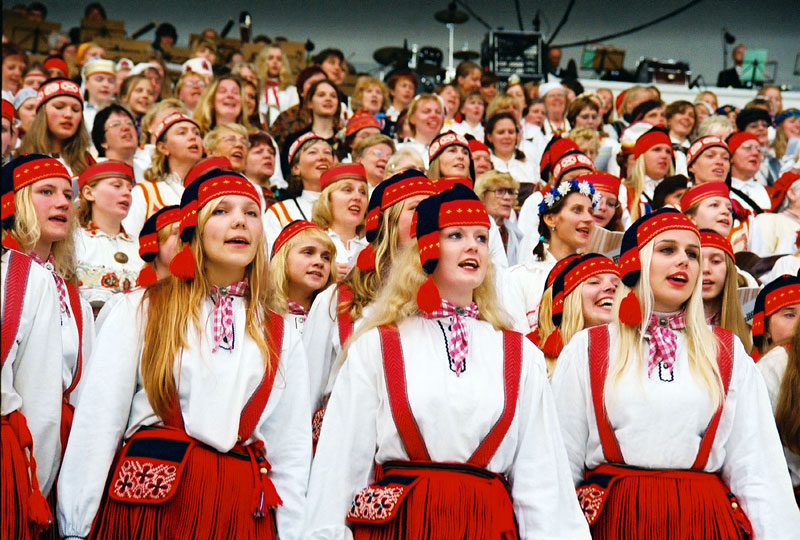
2. Saaremaa
Of Estonia’s 1,500 islands, Saaremaa is the largest, with a population of 31,000. Saaremaa has been inhabited for at least 5,000 years. Before it was conquered by the Teutonic Knights in 1227, notorious Estonian pirates apparently operated from the island. After 300 years of German rule, the bishop of Saaremaa sold the island to Denmark. From there it was ceded to Sweden, which in turn ceded it to Imperial Russia in 1721 at the end of the Great Northern Wars. Today the island in the Gulf of Riga is famous for its bread, its beer, and its windmills.
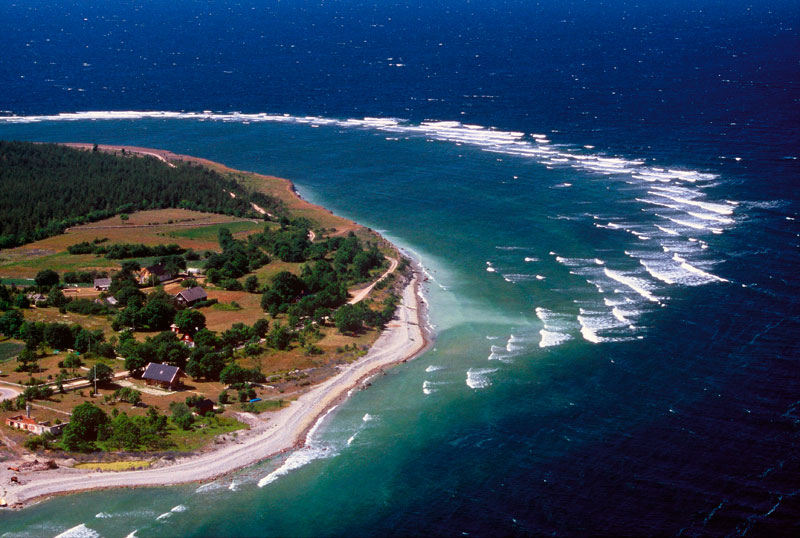
The Angla Windmills are the only remaining working windmills on the island. Formerly, every village had a hill where its windmills caught the breezes. The village of Angla still has five windmills on its hill – four tower windmills and one Dutch.
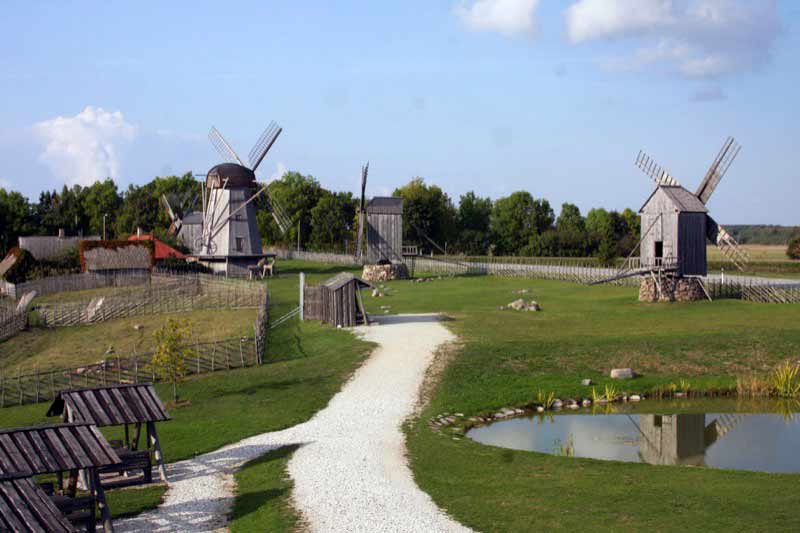
The Bishop’s Castle in Kuressaare is the best preserved of the medieval Baltic castles. Built of chiseled limestone blocks in the late 14th century, the structure is solid and square, with each side measuring about 130 feet. Its two towers are called Tall Herman and Sturvolt.
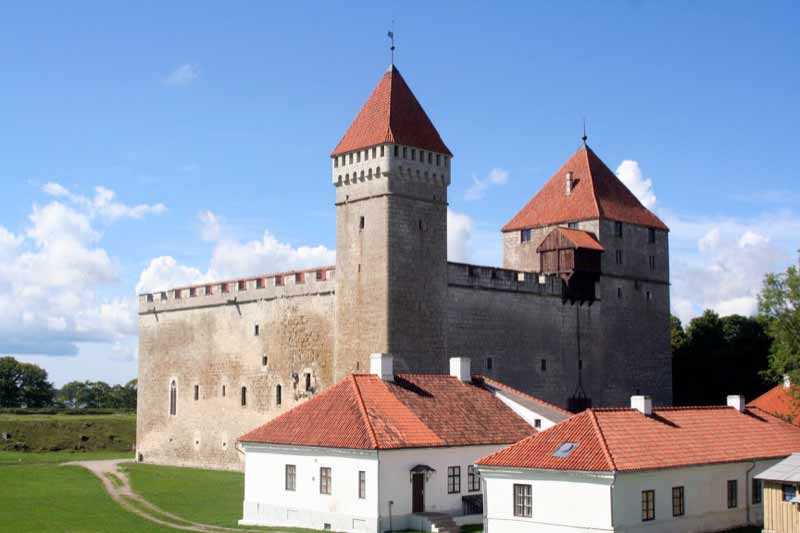
Sometime between 660 and 85 BC, a small meteorite on a collision course with Earth broke apart and slammed into the island of Saarema, leaving nine distinct craters. The largest, called Lake Kaali, has a diameter of 110 meters, and was surrounded by a stout stone wall during the Iron Age. The impact probably inspired local legends and myths about fire falling from the sky, as the event released energy comparable to the Hiroshima blast.
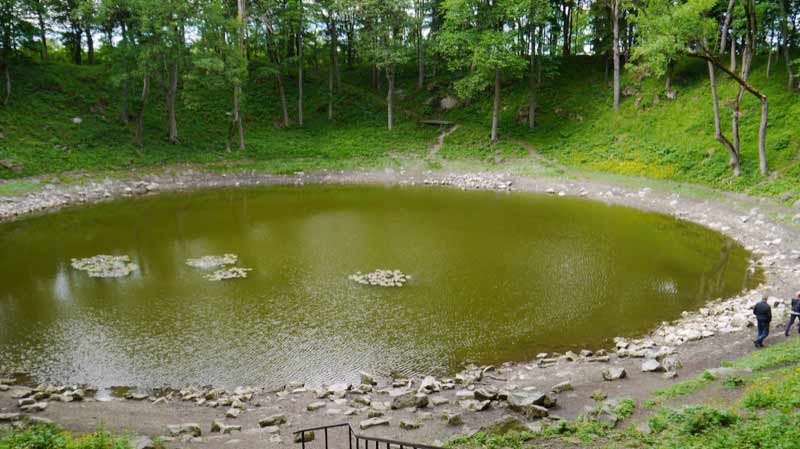
3. Lahemaa National Park
Lahemaa, Land of Bays, is about 25 miles from Tallinn. The 160,000-acre park is set among four peninsulas and numerous islands in the Gulf of Finland. Established in 1971, the park protects bear, moose, beaver, lynx, and thousands of sea birds. Hundreds of stone-covered mounds – the remnants of ancient settlements – can be found throughout the park.
(click image to view larger photo)
Also within the park’s boundaries is the 18th century cream and yellow Palmse Manor House, providing a glimpse of how the German barons lived. Begun in 1698, the manor was rebuilt in the late 1800s and exhibits exceptional period furniture. Its old bathhouse is now a romantic restaurant.
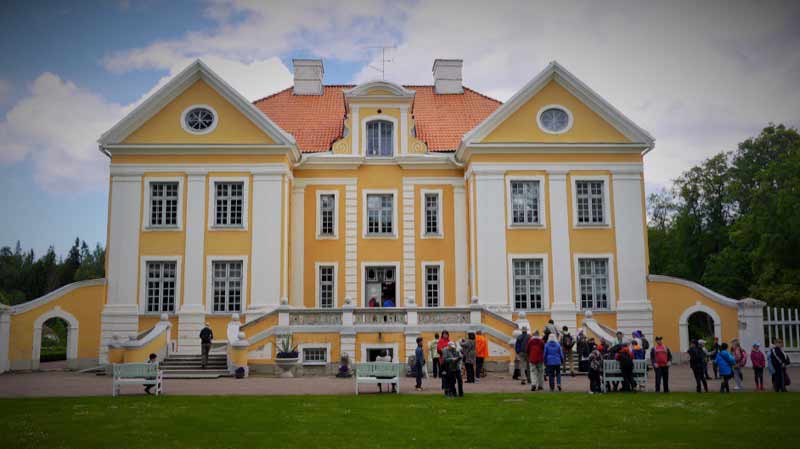
4. Parnu, Estonia’s Summer Capital
Just 80 miles south of Tallinn near the border with Latvia, Parnu is known as a favorite summer retreat and health spa locale in Estonia and has been called the “Baltic Riviera” for its location on the Gulf of Riga. The town itself has the friendly, laid-back atmosphere of a beach town, and at night the storefronts are lit up colorfully and the bars and restaurants buzz with energy.
(click image to view larger photo)
5. Soomaa National Park
Near Parnu is the flood-prone Soomaa National Park, whose wetlands (called “bogs” here) and flooded forests harbor an abundance of birdlife and small mammals. Beavers help landscape the marshes. In summer you can join a canoe trip through the wetlands, and in winter snowshoe among the trees.

Travel to Estonia with MIR
Whether you want to wander the streets of Old Town Tallinn or get out of town to explore its remote parks, Estonia is a remarkable modern destination that retains much of its historic appeal. MIR has more than three decades of Baltics travel experience offering on-the-ground support, quality you can trust, and guides and tour managers that clients rave about.
You can explore the history, culture, and landmarks of Estonia – as well as the other Baltic countries of Latvia and Lithuania – on these MIR itineraries:
- Kaliningrad & The Baltics – small group tour
- Essential Baltics – independent private journey
Or book your own uniquely designed custom private journey to Estonia. Chat with a MIR specialist to discuss travel to this intriguing part of the world.
